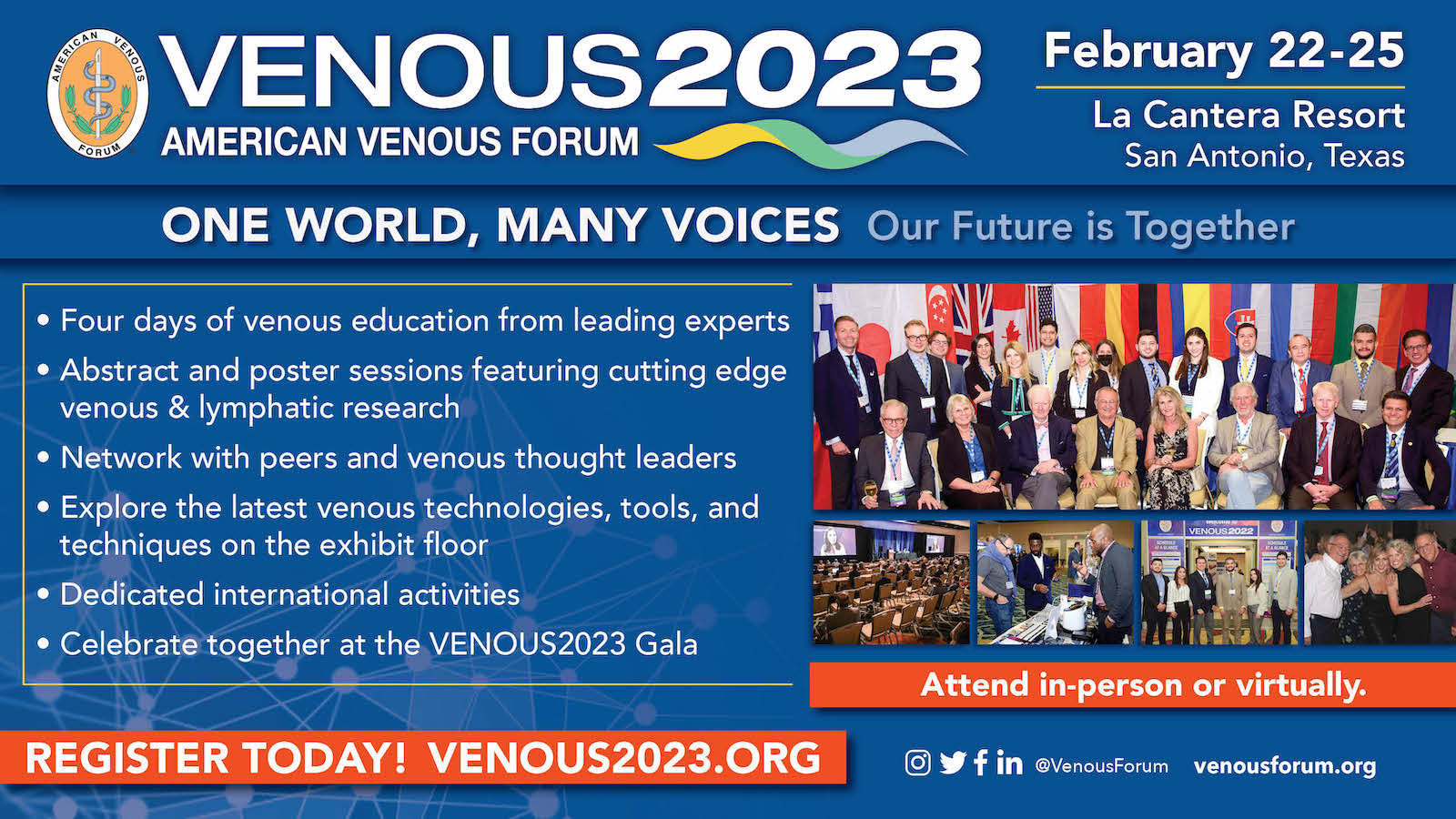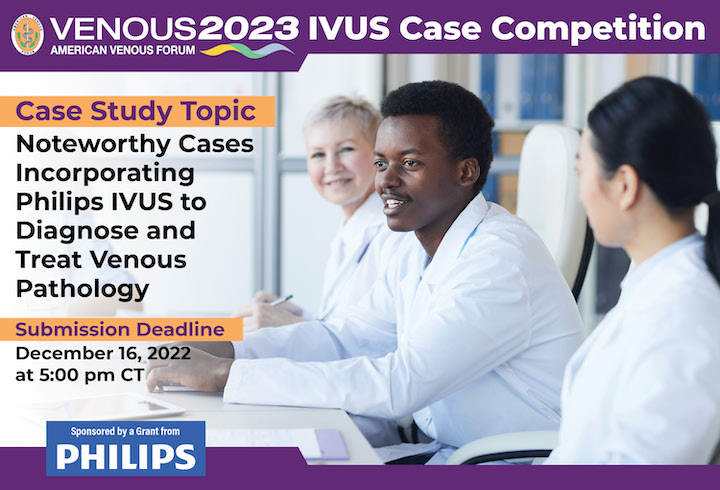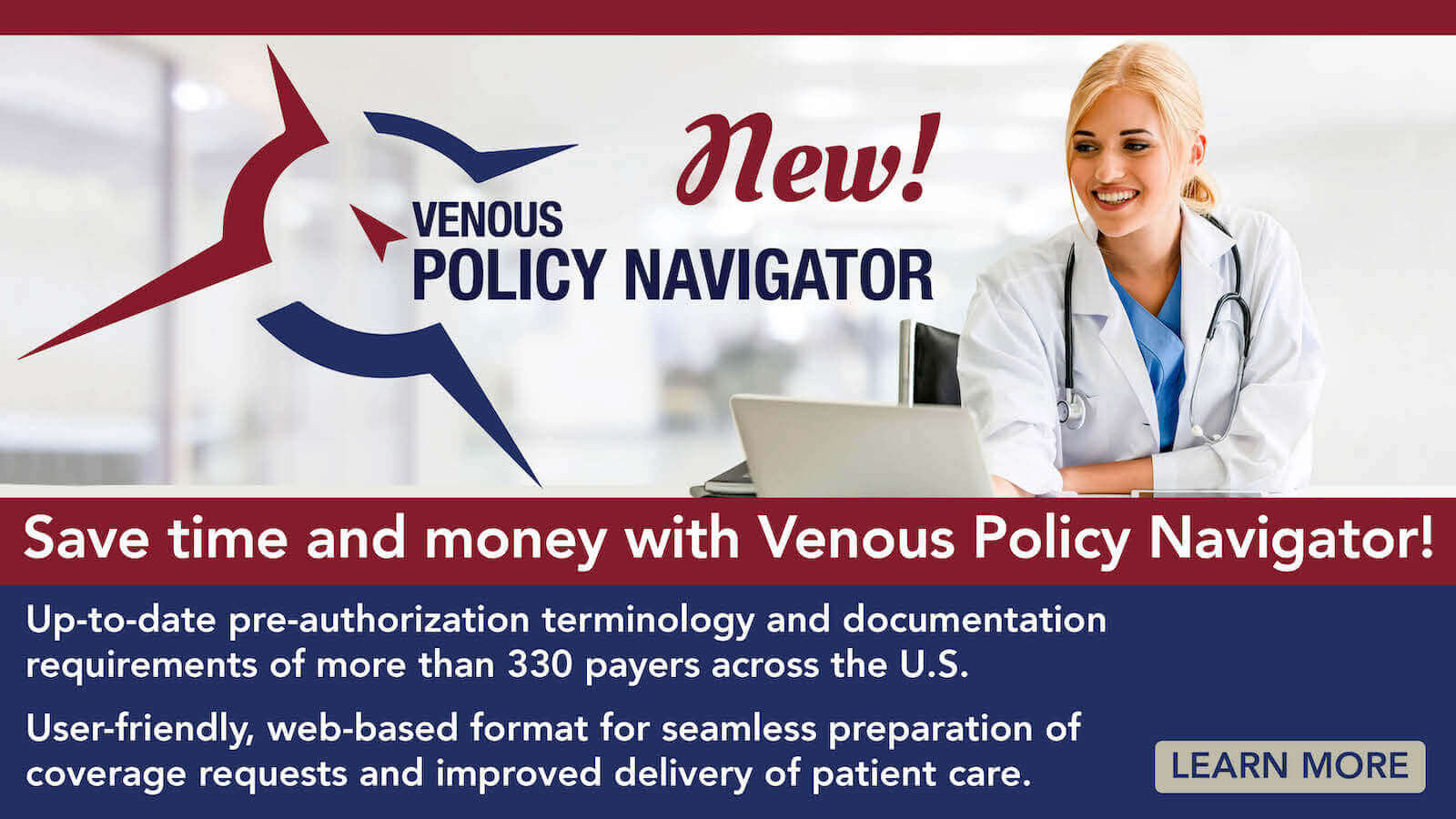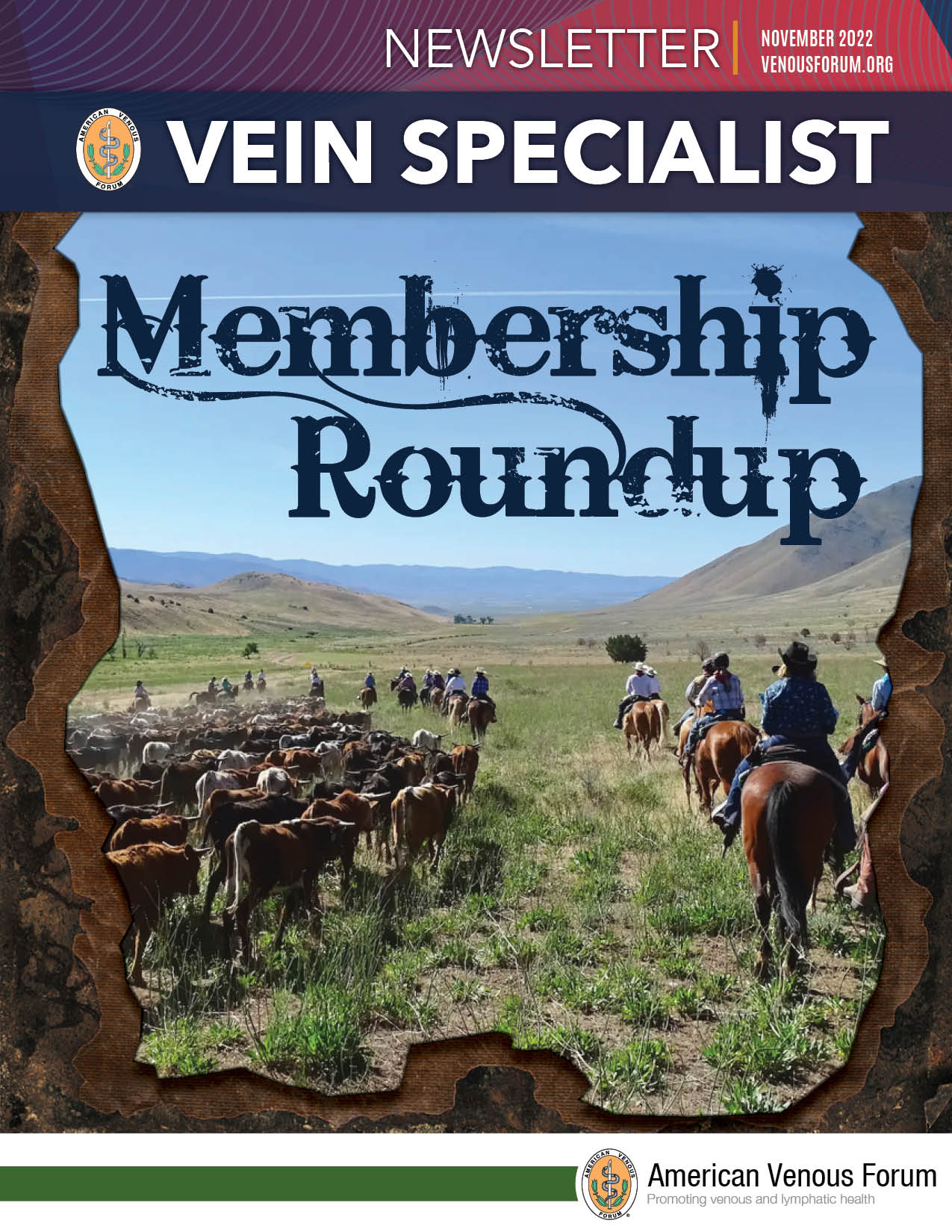
Table of Contents
Message from the Editor
Steve Elias, MD
Message from the President
William Marston, MD
Membership
Reflection on AVF Membership
Pavel Kabrik, MD
Fellows Course Highlights
Misaki Kiguchi, MD
Did You Miss This Event?
Daniel Monahan, MD
Knowledge Diffusion through Social Media: Crossroads for Venous Pathology Learning
Antonio Solano, MD and AVF Digital Media Committee
A New Book for a New Year: The Healthy Veins Book
John Blebea, MD and Beverly Chan, MD
Welcome New AVF Members
September/October
International
On February 24th
Phlebologist from Ukraine
Invitation to EVF in Berlin 2023
Erika Mendoza, MD
Getting to Know Latin America
Alvaro Orrego, MD
Venous Leg Ulcers: An Overview
Rashad Bishara,MS, RPVI, FRCS
Copyright © 2022 by The American Venous Forum. All rights reserved.
EDITOR-IN-CHIEF
Steve Elias, MD
EXECUTIVE EDITOR
John Forbes, MBA
MANAGING EDITOR
Allie Woodward
PUBLICATION DESIGNER
Christine Rataj
Message from the Editor
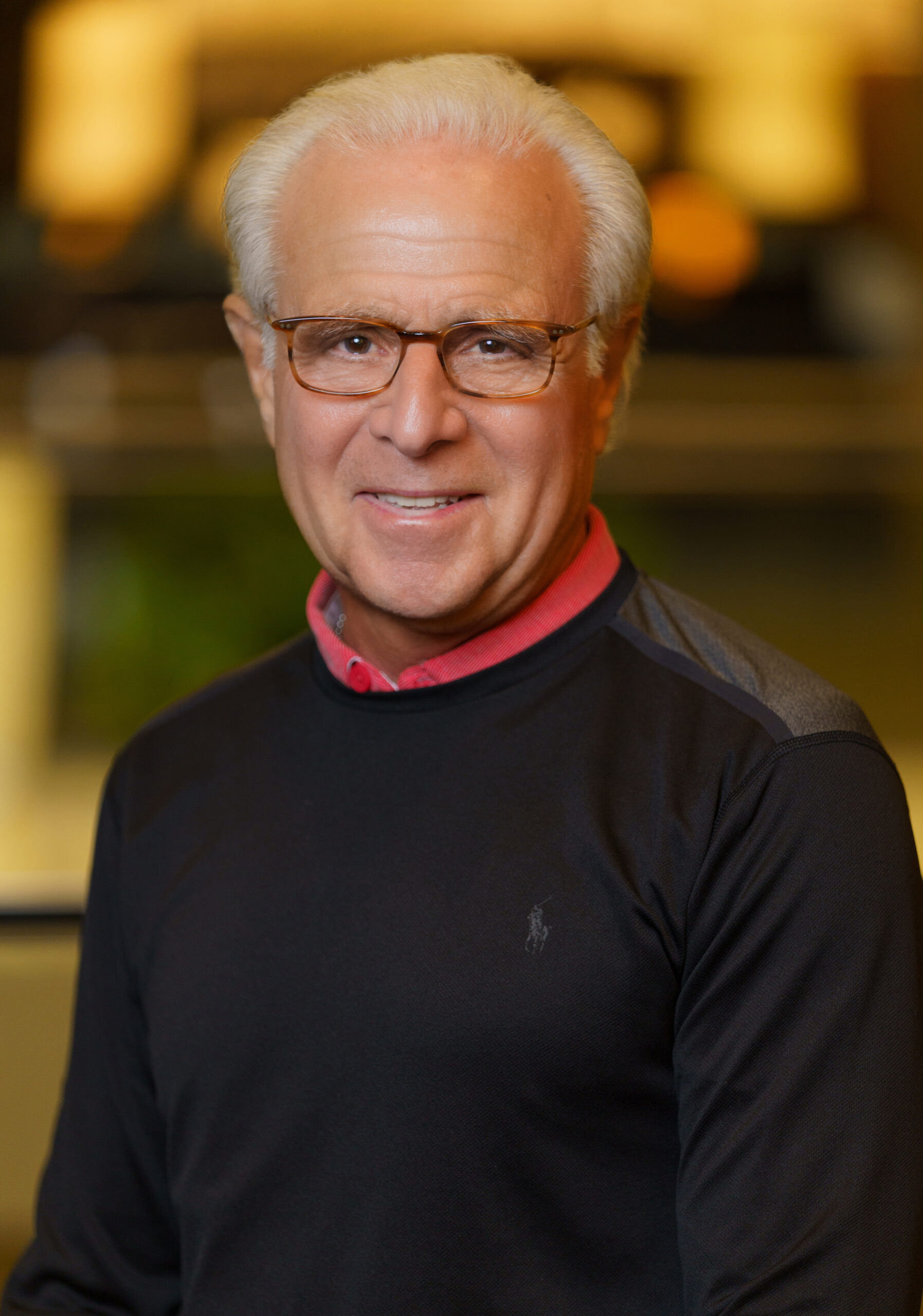
Steve Elias, MD
Editor-in-Chief, AVF Newsletter
Communications Councilor, AVF Board of Directors
Time Is a Jet Plane
Is the term “jet plane” an oxymoron or just not right? When we travel in 2022 most of us get on a jet. But we probably text our loved ones, “getting on the plane now.” Why the improper use of the word “plane”? I don’t know. When we see someone with a DVT most of us ask, “Have you taken a long plane ride recently?” This is relatively unlikely. Not too many commercial plane flights around. How awkward would the words, “Have you taken a long jet ride recently?” sound. Unless your patient is Chuck Yeager. He flew a lot of jets, but Chuck is dead so don’t worry; you won’t be seeing him.
It is the 16th century and the French word jeter emerged. It is derived from the Late Latin word lectare meaning to throw, to toss, impel. By the way, the first jet was the German Messerschmidt ME 62. Those Germans. Along with the jet came “jet lag,” the greatly feared ailment of many travelers. But let’s get back to what started these thoughts, Bob Dylan’s words in the song You’re A Big Girl Now: “time is a jet plane, it moves too fast,” Time is not a jet plane and it doesn’t move too fast. What was the man thinking? Well, to be fair, many times no one quite knows what the man was thinking. All I know is that most upscale magazines, websites, and the New York Times seem to be obsessed with time and watches.
If you want to know the exact time, just look at your phone. If you want to enjoy the visual, emotive sensation of time, look at your watch. Not your everyday, plebeian, plain watch, but your overpriced, unnecessary watch: Rolex, Vacheron Constantine, Panerai, Hublot, IWC, etc. Unnecessary, but coveted by some. Peruse any of the upscale magazines, websites or the New York Times and see a multitude of advertisements for these unnecessary but apparently needed watches to tell you the same time that your cell phone does. Maybe time is not the only point.
This issue of Vein Specialist doesn’t have you wonder, “What is the point?” We tell you: membership. This issue is member centric. Bill Marston’s letter basically tells us what AVF members have been doing for the AVF. A lot has been accomplished this year, but nothing could have been accomplished without member involvement, time, effort. A very personal letter by Pavel Kabrik succinctly tells us what new members experience when they join. Don’t underestimate your impact on new members. In life, sooner or later, it is all personal. Fellows and Early Career members or potential members are where the majority of our growth will come from. Misaki Kiguchi lets us know how successful the most recent Seattle Fellows/Early Career course was. And it was fun. It could not have happened without industry support. Antonio Solano writes about what our members of the Social Media Committee have been doing. They have been doing a lot. Our social media presence is key to involving our members in 2023 and beyond. The old days are just about over. The Healthy Veins Book is finished. John Blebea interviewed by Beverly Chan tells us how it was conceived and how it was completed. Again, a work by many members giving their time. Finally, we hear from our international members – Latin America, Egypt/Africa, Europe, and Ukraine. AVF has a lot of OUS members contributing a lot to AVF. It is time all members understand that even though our name includes the word “American,” about 25% of our members are OUS.
Speaking of time, is it time to understand which US cities have a rat problem? You know those rats. Scary creatures with a bad rap. Chicago, NYC, and Los Angeles lead the list of those with a rat problem. Not surprising, a lot of people want to live in these cities; I guess the rats do as well. I’ve never seen a rat. Nasty, scary, aggressive creatures. Really? Maybe not. They are relatively smart as far as nasty, scary, aggressive creatures can be. They have been trained to successfully search for earthquake and landmine victims. I just don’t want to think about what the rats do once they find the victims. And so we have come full circle, the oxymoron: jet plane, nice rats. Contradictory terms that may mean something in the right context. We hope this issue has reinforced the AVF concept of unity and focus of purpose: our members and the pursuit of science. No one is an oxymoron. The image of time as a jet plane moving too fast with Dylan wearing a Panerai watch being tracked down by predatory rats in NYC may seem incomprehensible. This issue of Vein Specialist is not. It keeps you grounded, focused, and safe from the ravages of time and rats. Take a breath. Relax. You’ve got time and there are no rats. See you at the annual meeting with our fellow members.
Message from the President
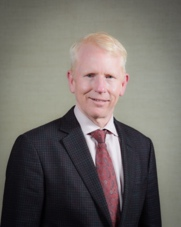
William Marston, MD
President, American Venous Forum
Serving as president of the entire membership of the American Venous Forum is a tremendous honor. I have always considered the AVF to be the pinnacle of venous research and science. Since my early days in the society, I have learned so much from members and leaders of the AVF who were excellent mentors to me. I am very excited about the current status of the Forum and the potential we have in the coming years to grow the capabilities, influence, and impact of our society.
In the past year, under the leadership of President Tony Gasparis and Executive Director John Forbes, the AVF has made great strides in expanding its educational offerings, establishing a strong operational base, and diversifying income sources to be less dependent on industry. As a result of the energetic leadership of your Board of Directors, our committees, and our outstanding staff, a number of impactful programs were developed and brought to fruition. Among them are:
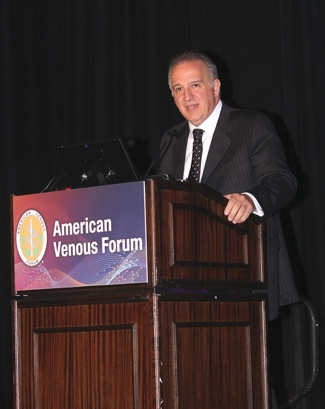
- The AVF-BSCI Translational Research Grant.
A new grant for translational venous disease was initiated with the support of Boston Scientific, providing $85,000 for an original, translational research project in venous disease.
- The AVF developed the capability to produce, market, and manage numerous educational webinars, many supported by industry.
- Partnership with Intervein China, a venous society in China, on a series of international webcasts to discuss and exchange ideas on the management of venous/lymphatic disease. Six webcasts were completed in 2021 with 9 planned for 2022.
- The launch of the Venous Policy Navigator, a subscription-based tool containing up-to-date requirements from more than 330 payers to assist with billing and reimbursement of venous procedures.
- The introduction of Venous Classification Workbooks for the new CEAP and pelvic venous disease systems. Each offers CME credits.
- Infrastructure to design and manage multicenter prospective clinical trials in collaboration with the University of Maryland.
The JURY trial, the initial study, is nearing completion of patient enrollment at this time.
- The successful merger of the AVF with the American Venous Forum Foundation, which has already enabled the AVF to operate with greater efficiency while streamlining our mission-centered activities.
These efforts have charted a direction for the AVF where we are increasing our administrative capabilities to support the ideas produced by our committees. AVF members are clearly the thought leaders in the venous space. Continuing this trajectory in the current and coming years is critical to the health of our society as well as the health of our patients.
In 2022, we have already achieved several new accomplishments including:
- A very successful Annual Meeting, VENOUS2022, which attracted nearly 600 attendees from all over the world.
- The AVF basic science grant, specifically to support basic science in the venous and lymphatic areas. This grant will initially be supported by a $15,000 annual stipend with efforts being taken in the coming year for growth.
- Establishment of a new Documents Review Committee to assist in final preparation of AVF-developed documents for publication as well as documents submitted from outside entities for AVF review and support.
- Significant new guidelines:
- AVF/SVS/AVLS varicose veins guidelines
- Part 1 of the new VV guidelines has been completed and submitted for publication
- AVF/SVS guidelines on the management of upper extremity DVT
- Significant progress with final guidelines expected within the next 6 months
- Completion of The Healthy Veins Bookslated for publication in January 2023.
As we continue to work on these and other important projects, as well as prepare for VENOUS2023, I would like to highlight a major emphasis for the current year. As you are aware, patients with venous disease are diverse in many ways and clinicians interested in the treatment of venous/lymphatic disease are becoming increasingly diverse. AVF leadership believes that it is critically important for the Forum to support diversity, equity, and inclusion in its fundamental core values. A new ad hoc DEI committee was established earlier this year, co-chaired by Drs Ruth Bush and Kathleen Ozsvath. The committee is examining all aspects of AVF operations, programs, and initiatives to identify areas for support and improvement of our DEI goals. VENOUS2023 will have a significant focus on DEI with specific sessions throughout the meeting including research and discussions related to the management of venous disease in diverse populations. Diversity among those presenting information to the Forum will also be a significant focus in planning.
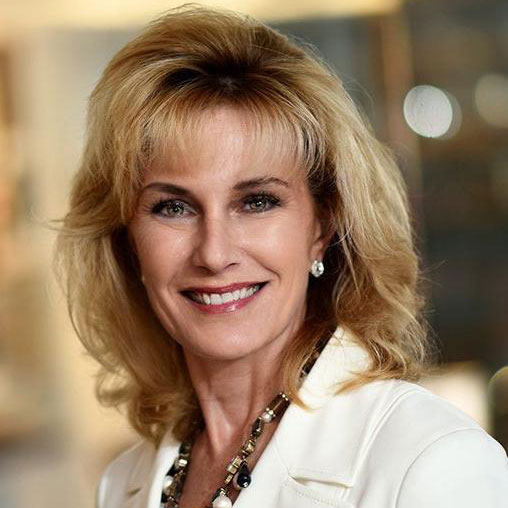
Chair of the AVF DEI Committee,
Ruth Bush
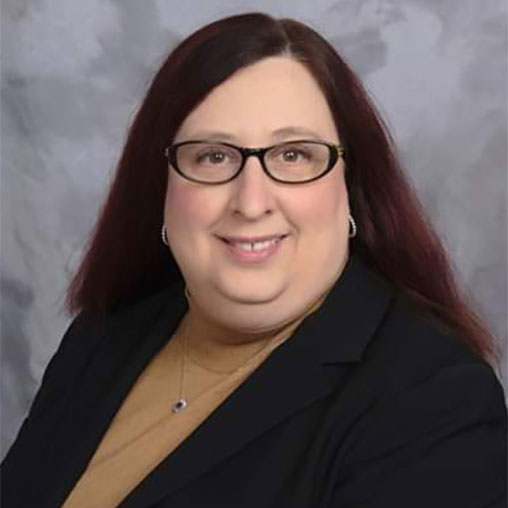
Chair of the AVF DEI Committee,
Kathleen Ozsvath
I would like to emphasize one extremely important aspect of membership in the AVF. As all of you are aware, the AVF is a member-driven society. We exist and thrive primarily due to the energy and engagement of our membership. We can do more if we have more members who are interested and able to do the work of the society. The real output of the society comes from the “under the radar” work of each of our committees on a daily basis. Examples of this work include:
- Guidelines committee members who do literature searches to identify evidence for guidelines.
- Research committee members who review and score grants.
- Program committee members who review and score abstracts.
- Communications committee members who write articles for the newsletter.
These are only a few of many examples, but this is how the AVF creates important output that improves the care of our patients. Without volunteer members willing to do this work we cannot remain relevant.
I realize that it may be difficult to understand how to become involved in the work of the society. The fact is that we need all members who have an interest in assisting the Forum and the time to do so. Annually, near the end of the year, we forward to the complete membership a request for volunteers. Members indicate their committee preferences, and we do our best to match volunteers to committees of their choice. This year more than 90% of members who volunteered were able to be placed on one of their committee choices. We invite all AVF members to let us know how they would like to participate in the work of the Forum.
I am very excited about the preparations underway for VENOUS2023. The program committee led by Chair Mikel Sadek is developing an exciting program and is currently evaluating an excellent pool of abstracts submitted for the meeting. I am confident that the program will support the long-term reputation of the AVF meeting as the source of the most impactful venous research meeting of the year. In addition, the meeting will allow excellent opportunities for networking, peer support, and re-engaging with those that you may have lost touch with during the pandemic. I hope that all of you will make plans to join me in San Antonio February 20-23 at the beautiful La Cantera Resort for VENOUS2023. I look forward to seeing you there.
Sincerely,
Bill William Marston, MD
President, American Venous Forum
Reflection on AVF Membership
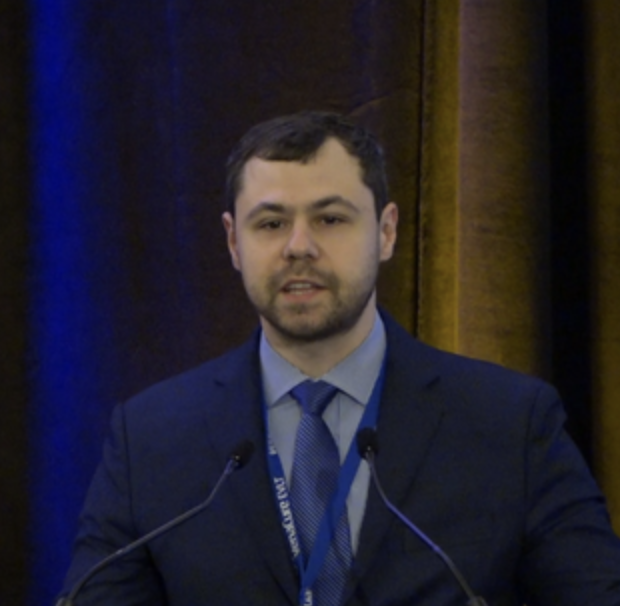
Pavel Kabrik, MD
Member, AVF Membership Committee
As someone who was recently placed on the AVF’s Membership Committee, I began to look back on how I became a member of the AVF.
As a student, I had the opportunity to begin research in venous disease. At that time, vascular surgery was a relatively new field to me, and I knew even less about the venous disease aspect of the field. The people who first got me interested in vascular surgery and, particularly, in venous disease were Drs Anil Hingorani and Enrico Ascher. They introduced me to the American Venous Forum, which I joined in 2019. At the time, I believed it would help further my interest in the venous field through what I learned by going to meetings and getting more exposure which I could then translate to clinical practice in the future– along with furthering my research interests.
As an AVF member, I have further learned of all the benefits of being a member. The AVF has helped me increase my interest in the venous disease realm of vascular surgery, helped me find mentors such as Dr Windsor Ting, and experience various educational benefits. Being around those who have similar interests in the venous field in terms of research and helping advance the care of patients with venous disease has become the most valuable aspect of being part of the society. A particular area of interest, which I believe anyone interested in vascular surgery should have, is chronic venous insufficiency. Given how prevalent it is in the population and the need for physicians and allied health members, including those outside of vascular surgery, to recognize the disease process makes it a growing priority.
I would like to invite anyone with an interest in treating venous and lymphatic disease, both physicians and allied health members alike along with students who wish to become vascular surgeons, to consider joining the American Venous Forum. By becoming a member of the AVF, you will reap the benefits of being of a member of this society, which can be used for the rest of your career.


Join the AVF by November 30, 2022 to receive the following bonuses*:
- $100 off AVF membership dues for 2023. Includes up to 3 free months of membership. Membership will be valid through December 31, 2023.
Enter this discount code at application checkout: BAM!2022 - Choice of $125 discount for VENOUS2023 registration OR$100 coupon for ShopAVF.
*New member bonuses are limited to new Physician Members (National & International) and Recent Graduate Members.
Fellows Course Highlights
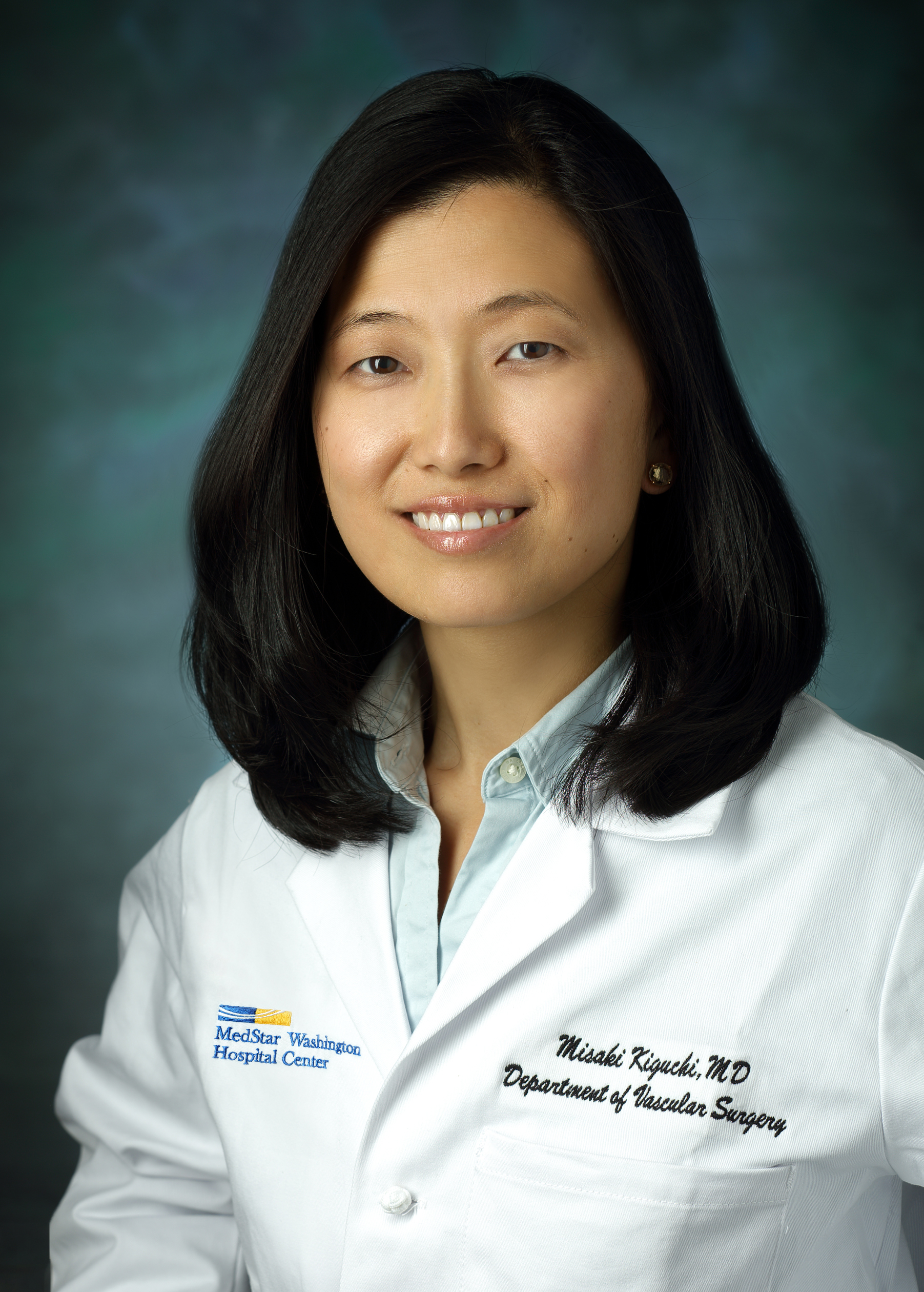
Misaki Kiguchi, MD
Chair, AVF Early Career Committee
Member, AVF Digital Media Committee
The AVF Fellows and Early Career Course and the West Coast Vein Forum this year took place at the same time and same venue on September 22-24 at the Edgewater Hotel in Seattle, Washington. The Fellows Course had 56 participants including faculty. As has been tradition, each fellow was able to attend free of cost – thanks to the support of our industry partners and AVF.
The AVF Early Career Committee planned a unique case-based learning environment that allowed constant interaction between faculty and fellows in a unique, intimate, small-group setting. From Dr Steve Elias’s running around the room asking fellows, “What would you do?” to Dr Carson and Dr Kiguchi’s discussing practical solutions to complications of superficial vein treatments in their own practices, the sessions were filled with lively discussion. Drs Attaran, Harth, and Hedayati all provided excellent talks on “tips and tricks” phlebectomy, current VTE guidelines, and how to choose one superficial venous ablation technique over another. Their enthusiasm in teaching these young fellows was palpable. Thanks to all of the speakers who devoted their time in preparation and attending!

The highlight of our program included “live” sessions on real patients. Without the support of Drs Meissner and Gibson who were able to provide appropriate patients from their practices, this opportunity for our fellows to see ultrasound and sclerotherapy live and up-close would not have been possible. The case-based scenarios provided by Philips and their IVUS machine with pre-recorded case scenarios enabled fellows to interpret common deep venous suprainguinal pathologies. The Fellows Course was supported by 9 corporate sponsors and 13 exhibit tables. This immersive industry support allowed each fellow to rotate through a hands-on station to try out devices and products.
Thanks to our integrated program with the West Coast Vein Forum, our fellows were also able to experience the expertise from headliner faculty, including Drs Kathy Gibson, Fedor Lurie, Bill Marston, Steven Abramowitz, and Mark Meissner. Their insight on developing a vein practice, the future of venous training, and reimbursements was invaluable to this early-career crowd.

The AVF Early Career Committee is committed to encouraging the “next wave” of venous leaders to get involved in the AVF and we hope the Fall Fellows Course was a testament to this commitment. Please join us and have your fellows and residents join us at the AVF Annual VENOUS 2023 Meeting in San Antonio, TX on February 22-25 for more hands-on, live trainee and early career orientation programing.

Thank you to our sponsors










DID YOU MISS THIS EVENT?
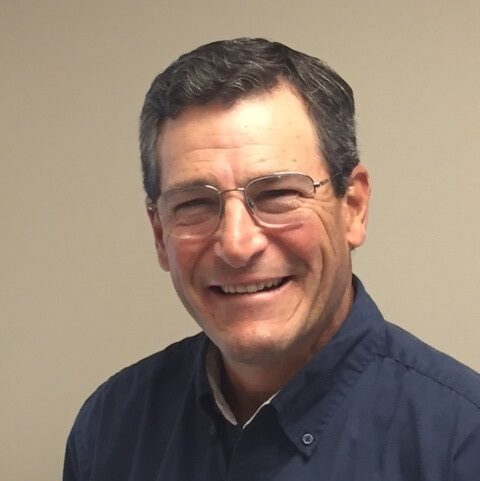
Daniel Monahan, MD
AVF Education Councilor
Member, AVF Board of Directors
The 5th West Coast Vein Forum (WCVF) was held in Seattle September 22-24 – this time in parallel with the Fall Fellows and Early Career Course in the same venue. The Early Career course was well-attended; the WCVF less so. But despite smaller numbers, everyone had a great experience. Our headliner faculty at WCVF included Drs Kathy Gibson, Fedor Lurie, Bill Marston, and Mark Meissner. Their spectacular presentations taught me that those involved with research have a special insight into the rest of the scientific literature. Huge thanks and appreciation to them all.

I want to thank Dr Elna Masuda, who has been a huge supporter of the meeting and added her insights as we planned it and to our committee that created the program with experienced vein practitioners in mind. Many thanks also to our AVF administration who orchestrated the whole meeting, with different meeting rooms and audiences and arranging meals and receptions. The meeting took place in the beautiful Edgewater Hotel with a storied rock-and-roll past, right on the water in Seattle, which provided excellent service and spectacular ambience. Drs Eri Fukaya and Kanhe Nguyen graciously attended and presented their Jobst Winners presentations (for 2021 and 2022) with timely updates. Finally, a ton of appreciation for our industry sponsors without whom the meeting could not happen and for their engagement with all attending.
Topics ranged the gamut of vein treatment issues from spider vein sclerotherapy to complex ilio-caval reconstructions. We also had combined sessions with the Early Career group which enabled interactions of more experienced with newer vein practitioners. Those attending all said it was the best meeting they’ve been to and would definitely come again. The faculty also expressed their pleasure with a smaller group and more intimate interactions and hope there will be future WCVF meetings.
WCVF’s mission from the beginning has been to address challenges and controversies in vein treatment with an initial West Coast-centric attitude. Current practices are generally reviewed, and then engaging situations where the science is indefinite, with best recommendations presented. Our speakers are well-known experts and leaders in the vein field, many of whom hold or have held top leadership positions in our societies. Lively discussion occurred as one or more had stronger feelings about management in various complicated situations. Our committee recognizes that often the best encounters and conversations at scientific meetings are in the hallways. Our goal has been to bring those conversations into the larger group setting. The venues have been selected so attendees don’t have to miss a lot of work, but can also opt to spend a few days in locations like Napa Valley, Monterey, Dana Point, Lake Tahoe and this year, Seattle. If, and when, we meet again, I hope many of you will join us.

Knowledge Diffusion through Social Media: Crossroads for Venous Pathology Learning
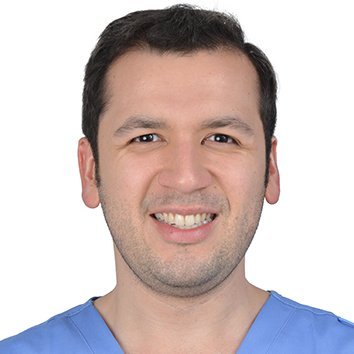
Antonio Solano, MD
Member, AVF Digital Media Committee
In past years, social media has allowed people to keep in touch with individuals all around the world. The transmission of information is migrating from newspapers and television to academic and social platforms, supporting globalization of knowledge. Regarding medical practice, trends have shown physicians’ engagement to exchange their own clinical opinion and advise with immediate circulation. In just seconds, Twitter can help you get an answer for your next surgical planning or start debate of current treatment practices between peers. Thus, the technological era poses a wide spectrum of possibilities to enrich venous knowledge.
The AVF Digital Committee created #PollOfTheWeek, an initiative aimed to address daily clinical practice topics as well as discussion of venous pathology guidelines. We want to open a new space for knowledge interchange among colleagues, endorsing continuous learning. From trainees to experienced vascular surgeons, anyone can participate in this online round table. Now, the crossroads for venous pathology learning is just a click away.
Be a part of the conversation – Follow @VenousForum for Twitter!
A New Book for A New Year: The Healthy Veins Book
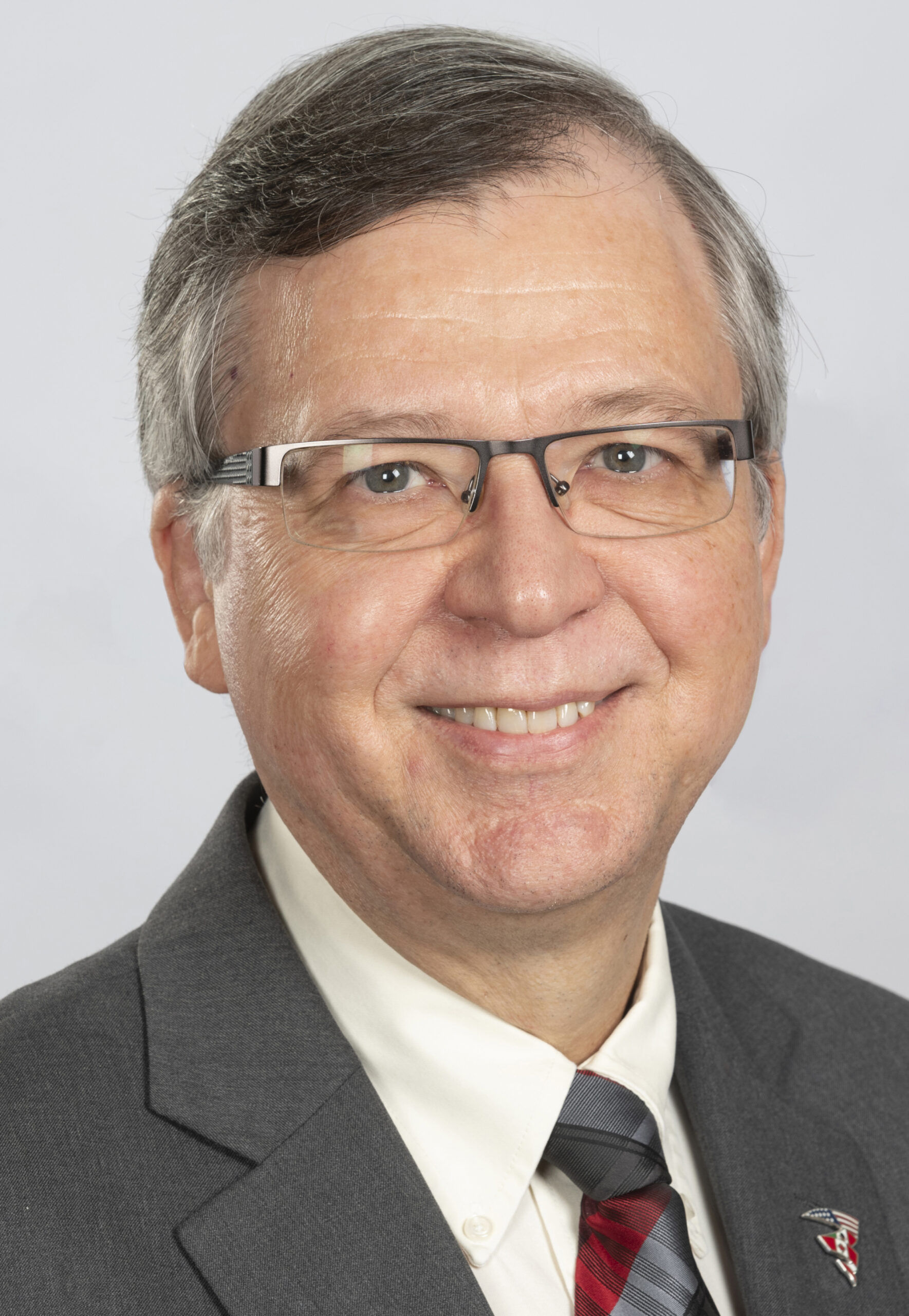
John Blebea, MD
Past President, American Venous Forum
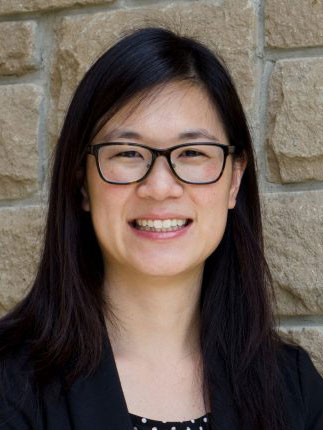
Beverly Chan, MD
Chair, AVF Patient Education Committee
Dr Beverly Chan, Chair of the AVF Patient Education Committee, interviewed Dr John Blebea, past president of the American Venous Forum, treasurer of American Vein and Lymphatic Society, and clinical professor of vascular surgery at Central Michigan University College of Medicine, about the soon-to-be-published patient-focused The Healthy Veins Book: Understanding Varicose Veins and Leg Swelling. The full-color, lavishly illustrated 40-chapter book represents the work of 53 authors under Dr Blebea’s editorship and will be available in hardcover and digital formats in December.
Dr Chan: Dr Blebea, you have written more than 250 publications, mentored 3 decades of residents and fellows, and have focused on venous disease throughout your career. Tell Vein Specialist readers what was your inspiration for The Healthy Veins Book.
Dr Blebea: Like most things in medicine, this book builds on the efforts of others in the past. The first edition of the Handbook of Venous and Lymphatic Disorders in 1996 provided the template for the definitive textbook on venous and lymphatic diseases for clinicians. (By the way, the 5th edition will be coming out in 2023, under the editorship of Dr Peter Gloviczki.) It was later thought that a companion resource for patients would also be helpful. Therefore, under the leadership of Drs Michael Dalsing and Gary Lemmon, the AVF developed an on-line book, The Layman’s Handbook of Venous Disorders, with 20 chapters from the clinician’s Handbook adapted and re-written for lay people. This resource was available on our website, but I thought that it was time both for an updated and more comprehensive book specifically written for the public.
Dr Chan: So how did it come to fruition?
Dr Blebea: We were fortunate to receive a $50,000 educational grant from the Bristol-Meyers Squibb Foundation to get us started. Since that initial grant, we have received continued support and further funding from the AVF Foundation, which represents the contributions of our members and industry supporters. Needless to say, getting this book written and published required the efforts of many people besides myself. The Healthy Veins Book was made possible because of the tremendous contributions of 53 leading experts in venous disease in the United States and Canada representing 42 different institutions. In addition, we had Ms. Deborah McBride to help with editorial development and publishing, along with the administrative leadership of the American Venous Forum, led by its Executive Director John Forbes and Director of Mission Advancement Jeff Mendola. Multiple companies also graciously allowed our use of images of their products, which will be very helpful to readers.
Dr Chan: What makes this book different from others already published?
Dr Blebea: There is no other comparable book. It is the only book specifically written for patients with venous disease. At 256 pages in a hard cover format, it provides in its 40 chapters a comprehensive yet understandable review of the entire range of venous disease. We include chapters on the anatomy and pathophysiology of varicose veins, deep venous disease, blood clotting disorders, lymphedema, and pelvic venous insufficiency, among other topics. As would be expected, the natural history and treatment options for each of these disorders are also included. More than 150 color illustrations and diagrams clarify the content.
Dr Chan: What kind of frustrations do you find with your vein patients when they come to see you? How will this book help?
Dr Blebea: When we see new patients in consultation, we try to explain to them as thoroughly as possible their likely diagnosis and recommendations for treatment. For patients with venous disease, they will often be seen a second time before an interventional procedure. However, present-day clinicians have only a limited amount of time to examine a patient, talk to them about their problem, and complete the inevitable paperwork associated with required documentation and procedure scheduling. Most of us attempt to enhance the patient’s understanding by giving them a copy of a detailed informed consent document– such as those developed by the AVF– or a descriptive brochure. This book will provide patients with a much more detailed and comprehensive explanation of their venous disease and potential treatments. The chapters were specifically written so that they can be read and understood independently of each other. Therefore, a patient being prescribed compression stockings need only read the chapter by Dr Joseph Caprini or someone about to undergo cyanoacrylate adhesive closure the chapters by Drs Allesandra Puggioni and Steve Elias. Each chapter has commonly asked questions that most people have about their venous problem which they often forgot to ask during their office visit. The book also has a detailed Index and Glossary which can be used to quickly look up information that can be found across multiple chapters. All of this makes a wonderful resource for patients and their families to use not just once but repeatedly during their lives.
Dr Chan: Who should purchase this book?
Dr Blebea: This book was originally envisioned for laypeople with venous disease to refer to as an objective and comprehensive source of information. While much information is on the internet, most of that information is often procedural advertising. Little of it gives the complete picture of appropriate indications and all the options for treatment. The Healthy Veins Book fills this critical need for objective and complete information. Therefore, people with venous disorders and their caregivers should buy this book.
By extension, The Healthy Veins Book should also be purchased by physicians to make it available to their patients, either at cost or free, depending on the economics of their office practice. Industry should also buy these books in bulk to provide to patients via the physicians utilizing their products, so patients better understand the procedure that they are about to undergo and have realistic expectations of the outcomes.
Dr Chan: Are there others who would benefit from reading The Healthy Veins Book?
Dr Blebea: Absolutely! It was very interesting that, as the book was coming together, it became evident that The Healthy Veins Book would also be a valuable educational tool for others besides lay people. All of us appreciate that there is very little venous education provided to medical students or general surgery residents. Indeed, even vascular surgery residents and fellows have no required training in venous disease and, in some programs, have no exposure to venous disorders. Trainees in other fields of medicine receive no education about venous disease yet those physicians in primary care are often the first ones that patients with venous insufficiency encounter. Similarly, physician assistants and nursing mid-level practitioners are increasingly taking care of such patients. The Healthy Veins Book would be an excellent teaching tool for all of them. Its coverage of the entire gamut of venous disease would provide them with the knowledge to understand and treat such patients at a primary care level and recognize what additional testing is needed and when referral to a venous specialist is indicated. A chapter on “Further Reading” provides the substantive references that form the basis of the contents of each of the chapters. This would be a great book for all such trainees and health care providers because no other book provides such information at such an accessible level.
Dr Chan: How can people get the book?
Dr Blebea: The book will be available in January of 2023. However, pre-orders are available now! AVF members can purchase before December 31 for the reduced price of $22.95. After that, the member price will be $35.95. For non-members, the respective prices will be $29.95 and $44.95. The Healthy Veins Book can be purchased at the AVF Store [ https://store.veinforum.org/ ] The full Table of Contents and a sample chapter will also be viewed. An eBook version will be available via Amazon for $19.95.
Dr Chan: What are the future plans for the book?
Dr Blebea: We are presently working on making individual chapters or thematic groups of chapters available for online downloading. This will make it more accessible for individuals who want information just on their particular problem at a reduced price. This online capability will also allow us to update chapters in the future and add additional information on a regular basis.
Dr. Chan: Any final thoughts?
Dr Blebea: With Christmas just around the corner, The Healthy Veins Book at a pre-order price of $22.95 would make a wonderful present for family members with venous disease. It would also make a wonderful Christmas gift and a sign of appreciation to our trainees and nursing staff in the office.
Please give a warm welcome to September and October
NEW AVF MEMBERS
|
First Name |
Last Name |
Country |
|
Erasto |
Aldrett Lee |
Mexico |
|
Hattan |
Alghamdi |
United States |
|
Olivia |
Antonescu |
United States |
|
Ravinder |
Bachireddy |
United States |
|
Brooke |
Bredbeck |
United States |
|
Ronald |
Bush |
United States |
|
Akshara Sree |
Challa |
United States |
|
Maxwell |
Cretcher |
United States |
|
Lisa |
Floyd |
United States |
|
Mohit |
Gandhi |
United States |
|
Adam |
Gwozdz |
United Kingdom |
|
Andrea |
Hudson |
United States |
|
Valentyna |
Kostiuk |
United States |
|
Daniel |
Mamani |
Chile |
|
Robert |
Martin |
United States |
|
Furqan |
Muqri |
United States |
|
Carlos |
Navarro |
United States |
|
Uchenna |
Nwosu |
United States |
|
Haley |
Queen |
United States |
|
Ozair |
Rahman |
United States |
|
Jose |
Reyes |
United States |
|
Maher |
Sabalbal |
Canada |
|
Jason |
Storch |
United States |
|
Gayatri |
Suresh Kumar |
United States |
|
Sandy |
Tidwell |
United States |
|
Ashanga |
Yatawatta |
United States |
On February 24th. A Letter from a Phlebologist from Ukraine
On February 24, I woke up earlier than usual due to a loud TV broadcasting from the neighbor’s apartment. “The war has started” crossed my mind…. A rapid look into breaking news confirmed reports of multiple missile attacks across the country, Russians crossing the border, and the first victims.
It was not easy to get to work in time that day, as an unexpected number of cars were heading in all directions, Queuing at gas stations and grocery stores made the ride complicated. Literally on top of those difficulties, the sound of air alarms–that were not for training purposes– marked the start of the new reality for every Ukrainian, a grim, painful, and deadly reality.

The war has largely changed the way our healthcare is functioning now. Millions of people rushed toward the western border of Ukraine to flee from the war. As most of them were women with children, phlebology seems to be one of the most affected specialties. This is particularly the case for in public hospitals.
Russia continues to demolish the infrastructure across the country shelling apartment buildings, residential areas, kindergartens, schools, and hospitals leading to the death of thousands of innocent civilians. Many surgeons are now dealing with all kinds of trauma and mass injuries that they have rarely seen before. It is not the time or place for phlebectomies and sclerotherapies for those who practice at hospitals. Instead, they have become familiar with treating complex wounds, fractures, amputating upper limbs, taking out debris from all imaginable parts of the body. Most often these patients are those who lost everything in their life, including close relatives. They have nowhere to return to.
One can feel lucky if there is a day without the air alarm; but now this is rarely the case. You can be caught by the alarm in the middle of a case in the OR. Otherwise, all have to proceed to the shelter. If you don’t, you’re risking seeing some Russian missiles in the sky or hearing the sound of their explosion nearby like we once did.
When the COVID pandemic hit many of us helped our internal medicine colleagues by taking the night shifts in COVID departments and even ICUs during the peak admissions. But we were not aware that the true challenges of our life and practice were just ahead of us. All in our country have lived 9 months in a deadly unthinkable nightmare. And no end is in sight.
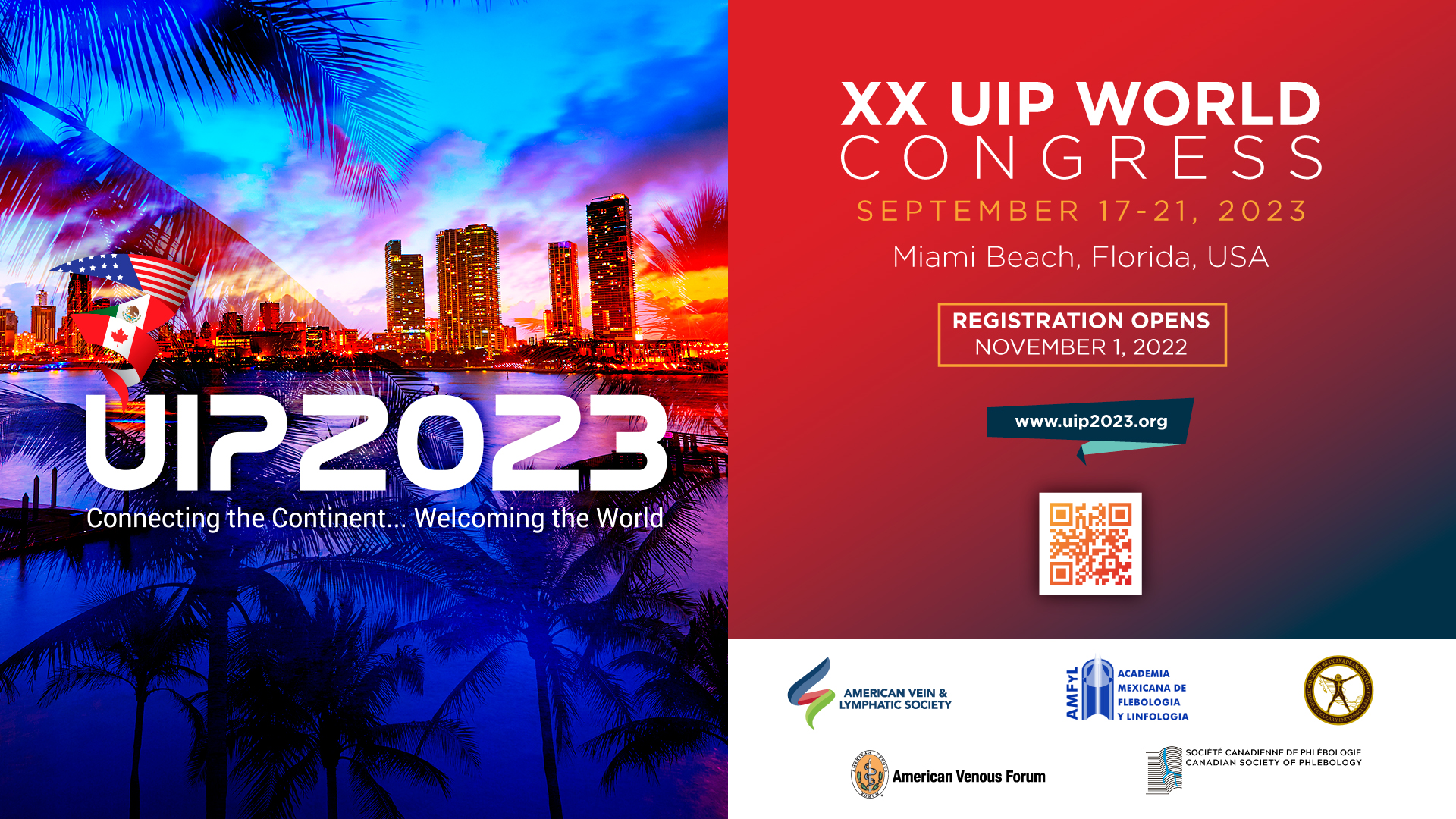
Invitation to EVF in Berlin 2023
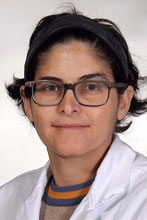
Erika Mendoza, MD
President-elect, European Venous Forum
The European Venous Forum, in collaboration with the German Society of Phlebology, is pleased to announce the forthcoming meeting of the European Venous Forum in Berlin in 2023 (June 22nd to 24th). Berlin is not only the capital of Germany, but a pulsating city full of contrasts, always worthy to be visited! The venue was chosen next to the center of the city–a– 10 min walk to the Parliament and Brandenburger Tor, places of historical importance for Germany and Europe, where World War II was started and the Berlin Wall between East and West was broken.
We chose the Bolle Festsäle as the venue. Its ancient rooms were the site of the first modern dairy where in the last years of the 19th century milk was delivered by cow carts or little ships.Unbelievable social care was provided to the employees: The owners built a chapel and a party room to allow for festivities of the team members – official and privately. Assuming that external constraints do not change the ability to meet in person, our meeting will allow a better discussion and exchange of ideas in the venue, but also allow us to join industry sponsorsin an exhibition in the wonderful ancient light-flooded dance hall of the dairy.
These historical rooms will provide the backdrop for the presentation of the latest scientific results in phlebology, which are selected by a strong peer review and will provide a good location for vigorous discussion. Abstract submission will open shortly (https://europeanvenousforum.org/index.php/evf-meeting/abstract-submission/). Didactic sessions will cover new developments in practical phlebology such as CVD as an occupational disease or the social impact and solutions for phlebologic / lymphologic diseases, as well as the latest results on superficial vein thrombosis, and endoluminal treatments will be presented. In addition, the joint session of the American Venous Forum and the EVF will be presented.
A special highlight is the keynote lecture by Dr Tobias Bertsch who will present the latest results in lipedema investigation and its impact on society.
The congress hotel is next door and many hotels fitting every budget can be found in the surrounding area.
On behalf of the European Venous Forum and as president of the meeting, we warmly invite you to join this high-level scientific phlebology event.
Getting to Know Latin America

Alvaro Orrego, MD
Member, AVF International Committee

Latin America is a big area with very diverse geography, which means different cultures exist even within the same country. This obviously leads to multiple visions of phlebologic and lymphologic treatments conditioned by cultural geographic and economic factors. This situation does not vary significantly from the reality of many countries around the world.
Today in Latin America phlebo-lymphology is performed in general by 3 types of professionals: vascular surgeons, general surgeons who have been mostly dedicated to these pathologies, and phlebo-lymphologists. The predominance of the type of specialist varies according to the place. Each country has one or two scientific phlebology and lymphology societies; more per country is an exception. Regarding accreditation, universities in some countries have phlebology programs that are very complete and offer rich clinical practice. However, there are express courses that certify a specialty but do not really create a specialist.

As we can see, the problem of phlebo-lymphology in Latin America is similar to the rest of the world. In the past and current Latin American history there have been great professionals who have contributed their genius to our discipline , but perhaps because of a language issue have not been sufficiently acknowledged in the international scientific community. The ingenuity of these people, often forced by economic limitations or isolation from the rest of the world in past times, shows them the way to provide effective solutions for a lot of challenges presented by phlebo-lymphatic diseases andh represents real and highly effective tools in our daily performance.
Currently, the understanding and management of phlebo-lymphatic disease in Latin America is diverse. There are places that have all the up-to-date infrastructure representing more than competitive standards in the world; but there is also the reality of shortages, especially in geographically remote places. However, the common denominator among professionals is the vast number of patients who are treated and who fortunately begin to be analyzed in detail in several places to objectively measure the results of the work.
In Latin America 2 international entities bring together the scientific societies of the different countries of the region: the Pan American Society of Phlebology and Lymphology and the Latin American Venous Forum. These are very active societies that promote the expansion of the specialty and, of course, excellence in their practices. In addition, these institutions foster positive coexistence and reinforce the ethical guidelines that should govern their activities.
Our current mission is aimed at:
1.- Building a homogeneous and updated phlebology for Latin America.
2.- Contributing actively to the rest of the world societies to share the best of our experiences.
All these efforts are borne from the innermost part of the Latin American spirit: our capacity to sympathize for those who suffer. Our goal is to achieve the best phlebo- lymphology care for the well-being of our patients.



Venous Leg Ulcers: An Overview

Rashad Bishara, MS, RPVI, FRCS
President, Egypt & Africa Venous Lymphatic Association
Previously Chairman of Vascular Surgery
Organization of Teaching Hospitals of Egypt
Venous leg ulcers (VLU) are the most common cause of leg ulcers. The prevalence of VLU is reported to be 1-2% among the general population. VLUs account for 50-60% of all leg ulcers, creating a significant healthcare burden. Venous leg ulcers can also cause social and psychological problems, as they can be commonly associated with pain, fatigue, anxiety, and depression.
Venous leg ulcers typically occur in the gaiter area of the leg, around the medial malleolus. They are typically surrounded by darkly pigmented skin. They could be associated with skin hardness (lipodermatosclerosis) and/or varicose veins. Less frequently, they could be located on the lateral side of the leg or in the foot.
The treatment plan for venous leg ulcers requires an accurate diagnosis of the underlying venous pathology. The initial investigation is a color-flow duplex scan. The duplex scan covers both superficial and deep venous systems. The potential sources of reflux in the superficial venous system are scanned with the patient standing. This includes the great saphenous veins (GVS), the accessory saphenous veins, the small saphenous vein (SSV), the incompetent tributaries, and the incompetent perforators. In addition, we give special attention to scanning the ulcer area for an incompetent network of veins underlying or in the vicinity of the ulcer. The deep venous system is scanned for evidence of reflux or post-thrombotic occlusion. Every segment of the deep venous system is scanned, starting with the tibial veins at the ankle level up to the inferior vena cava.
Axial imaging such as CTV or MRV could be used if iliac vein or IVC pathology is suspected.
In addition to assessing venous pathology, a non-invasive test could be used to diagnose peripheral ischemia if present since 10-15% of VLU have concomitant arterial pathology.

Compression is an essential component for the treatment of all venous leg ulcers. Compression could be applied in the form of a short-stretch bandage, elastic bandage (or a combination of both), graded compression stockings, adjustable wraps, or intermittent pneumatic compression. We use multi-layer short-stretch bandages in the active phase of the VLU and elastic stockings or, preferably, adjustable wraps to maintain healing. Intermittent pneumatic compression is used in VLU resistant to treatment or in very large or chronic ulcers.
Wound care is also important for the healing of VLU. Various dressings have been described to achieve optimum wound moisture. Both dryness and excessive discharge could delay VLU healing. Recently, negative pressure wound therapy (NPWT) has been used to treat difficult-to-heal VLU with promising results.
Treatment of the underlying venous pathology may include iliac vein recanalization and stenting in case of post-thrombotic iliac vein occlusion. The EVRA trial demonstrated that early ablation of GSV reflux improves VLU healing. Other sources of reflux, such as the SSV or the incompetent tributaries, should also be abolished by the appropriate method. The treatment of incompetent perforators by percutaneous techniques has also been described, but is controversial.
In addition to compression, wound care, and treatment of the underlying superficial or deep venous pathology, ultrasound-guided foam sclerotherapy (UGFS) for the refluxing network of veins in the vicinity of the VLU has been used. We use this method whenever a refluxing network of veins is identified underlying or in the vicinity of the VLU. Although many publications have reported improved outcomes using USGFS, there has not been an RCT yet. An RCT (ISRCTN18090073) is currently underway to answer the question of whether USGFS for the refluxing network of veins in the vicinity of the VLU improves ulcer healing.

Further Reading
- White-Chu EF, Conner-Kerr TA. Overview of guidelines for the prevention and treatment of venous leg ulcers: a US perspective.J Multidiscip Healthc. 2014;7:111-117. Published 2014 Feb 11. doi:10.2147/JMDH.S38616
- O’Donnell TF Jr, Passman MA, Marston WA, et al. Management of venous leg ulcers: Clinical practice guidelines of the Society for Vascular Surgery ® and the American Venous Forum. J Vasc Surg. 2014 Aug;60(2 Suppl):3S-59S. doi: 10.1016/j.jvs.2014.04.049.
- Gohel MS, Heatley F, Liu X, et al. A randomized trial of early endovenous ablation in venous ulceration. N Engl J Med. 2018;378(22):2105-2114. doi:10.1056/NEJMoa1801214
- Bush R, Bush P. Percutaneous foam sclerotherapy for venous leg ulcers. J Wound Care.2013 Oct;22(10 Suppl):S20-2. doi: 10.12968/jowc.2013.22.Sup10.S20. PMID: 24142137.



